Huge Bonghwangdae Tomb
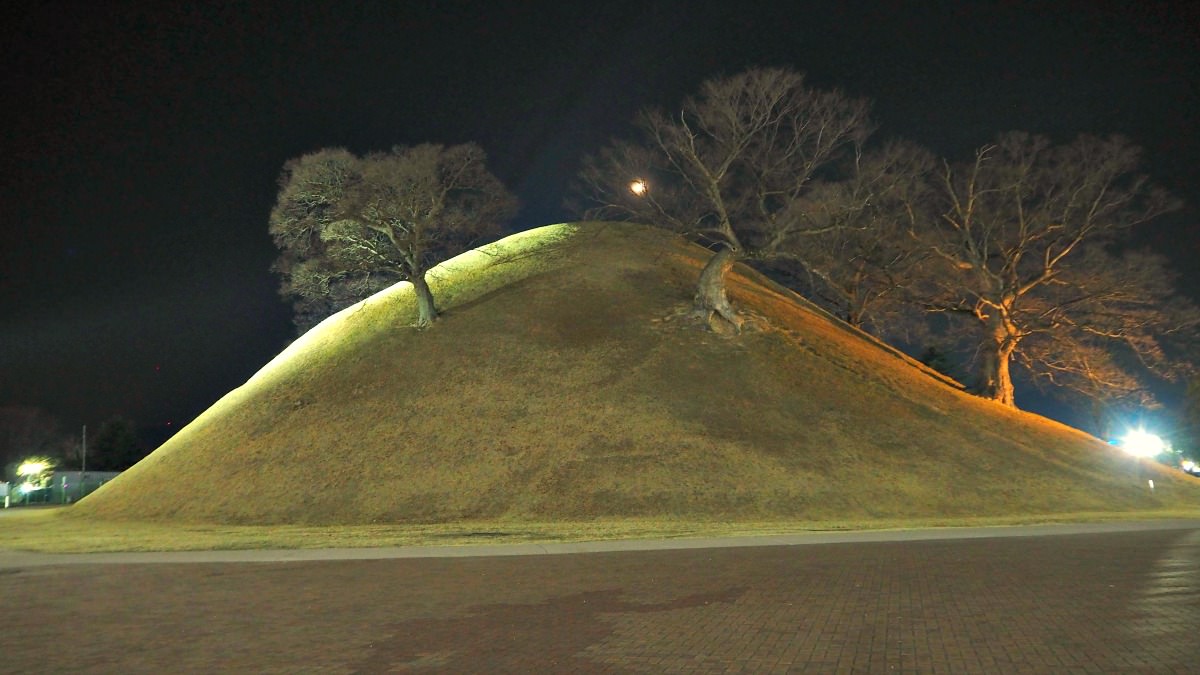 Bonghwangdae Tomb is one of the largest royal tombs in Gyeongju City. I took this photo as soon as I arrived as it is close to my hotel.
Bonghwangdae Tomb is one of the largest royal tombs in Gyeongju City. I took this photo as soon as I arrived as it is close to my hotel.INtroduction
Bonghwangdae Tomb is an ancient burial ground located in the city of Gyeongju. It is a fascinating historical site that offers a glimpse into the lives of the people who lived in the area thousands of years ago.
The tomb is named after the mythical bird known as the bonghwang, which is said to have the power to bring good luck and prosperity.
The tomb is a testament to the rich cultural heritage of the region and is definitely worth a visit for anyone interested in history and archaeology.
It is a peaceful and serene place that allows visitors to connect with the past and gain a deeper understanding of the people who once called this area home.
Bonghwangdae Tomb is a royal tomb complex built for King Gwangdeok of Silla (57 BC - 8 AD).
The site consists of an enclosed earthen mound, multiple burial chambers and stone statues of two guardian tigers. It is said to be the largest ancient tomb in the city and was designated as a National Treasure of South Korea in 1962.
The massive size of the tomb suggests it was intended to befit a king, while its exquisite design and craftsmanship indicate the high level of civilization achieved by the Silla Dynasty.
Dating back to the Three Kingdoms period (57 BCE-668 CE), it is considered one of the oldest tombs in East Asia. This impressive structure is composed of a series of concentric circles, with a large stone chamber at its center.
Its roof is composed of two layers of stones. Visitors can also appreciate various artifacts found within the tombs, including intricate gold crowns, jeweled ornaments, funerary objects, bronze mirrors, and stone incense burners, among many unique artifacts.
It serves as a reminder of the rich history of this city and the kingdom that once flourished here.
 Bonghwangdae Tomb's view in day time!
Bonghwangdae Tomb's view in day time!BOnghwangdae Tomb
Bonghwangdae Tomb is an ancient tomb of Silla situated in the tomb cluster of Nodong-dong. It is located in Gyeongju City, the old capital of the Silla Kingdom (Dynasty).
If you have not seen or scanned my other articles about Gyeongju and its royal tombs articles, I want to say that Gyeongju is one of the places you should not miss exploring in South Korea.
And, why is that? In case you ask...
Because Gyeongju is simply an exciting place to explore. Besides, it is also beautiful, including its historical treasures (such as the ancient Buddhist temples, carved stone Buddhas and Bodhisattvas, stupas).
(Please, take a look at my other articles Gyeongju here if you wish to learn a bit more about Gyeongju).
The tomb is a remarkable 82 meters in size and 22 meters in height, making it look more like a hill than a tomb due to its humongous size.
Although it is believed to be the tomb of a king, this has not been verified because the grave has actually never been excavated. It is said that the grave covers a vast area stretching from the hill to the surrounding grounds, leading many to speculate about its contents.
The sheer size of the tomb has led to numerous theories about what lies within, ranging from a royal burial chamber with untold riches and artifacts to an ancient temple full of secrets. Despite its mysteriousness, it continues to fascinate local people and visitors alike.
The tomb is also said to be protected by a dragon, which according to legend was placed there by the king himself in order to guard his final resting place. This has led some to believe that this could be an important archaeological site due to its immense size, unique features and mysterious guardianship.
 Gold earrings excavated from other royal tombs in Gyeongju City.
Gold earrings excavated from other royal tombs in Gyeongju City.The Legend of Bonghwangdae
The geomancer said that the kingdom of Silla was shaped like a ship. And that this "ship" needs to sink in order for the kingdom to fall.
After assuring Wanggeon that he might sink the ship of Silla, the geomancer looked for an audience with the king of Silla.
The geomancer told the king that the land of Silla resembled the shape of the Bonghwang (phoenix), which the bird was about to fly away, which would bring about the ruin of the kingdom.
The king, who had been worrying about domestic affairs, thought the geomancer and asked him for a solution. The geomancer informed the king that if he made a hill that looked like an egg in the capital city, the "bird" wouldn't fly away.
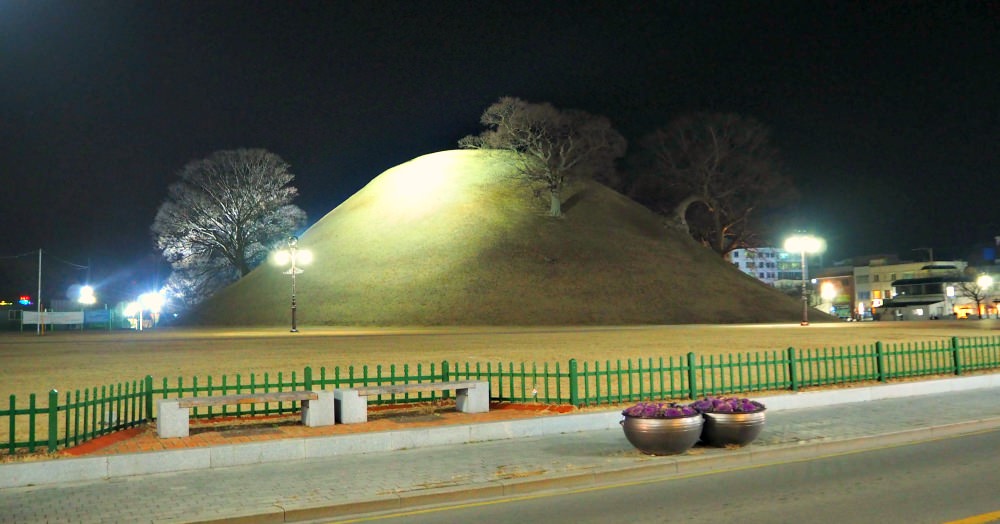 I took this photo across the street in the evening of my arrival in Gyeongju City.
I took this photo across the street in the evening of my arrival in Gyeongju City.However, it would remain to protect her egg and the kingdom. As a result, the king made plenty of ancient tombs, one of which was the enormous Bonghwangdae Tomb.
Legend has it that Silla genuinely was shaped like a ship, not a phoenix. And all these tombs signified the "overloading" of the ship, resulting in the ultimate destruction of the kingdom.
After the fall of Silla, Wanggeon rose to power and later on ended up being the founder of the Goryeo Dynasty. This period of great power and wealth was due to the fact that Goryeo had a strong central government, advanced education systems, and cultural sophistication.
Goryeo also boasted one of world’s first metal movable type printing techniques which was used to create a Buddhist scripture in 1234 C.E. Commerce saw great progress during the period, and, in 1356 C.E., the Grand Canal was completed. Goryeo’s close foreign policy towards China allowed them to flourish economically, culturally and socially.
The fall of Goryeo occurred in 1392 C.E., when General Yi Seong-gye proclaimed himself the king of Joseon and took control of the kingdom. The transformation from Goryeo to Joseon led to many changes in Korean society, such as a shift towards Confucianism and an emphasis on agriculture.
However, it was also during this time that Korea began to gain more recognition internationally with their diplomacy and its trade relations with Japan.
During the Joseon period, the Korean economy flourished with new inventions and technologies in fields such as metallurgy, printing, and shipbuilding. Korea also developed their own unique writing system called Hangul in 1446 C.E., which is still used today.
The Joseon period ended when Japan annexed Korea in 1910 and ended centuries of Korean independence. The end of this period saw the rise of two opposing ideologies - socialism and capitalism - competing for political dominance. This competition was eventually won by the socialists, leading to North Korea’s establishment as a communist state in 1948.
South Korea also underwent drastic changes during this period with rapid industrialization, export-driven economic policies, and democratization. The 1980s saw a period of rapid modernization for South Korea as it became an increasingly important player in global politics and the economy.
Today, South Korea is one of the most successful economies among East Asian nations with advanced infrastructure and a highly educated population.
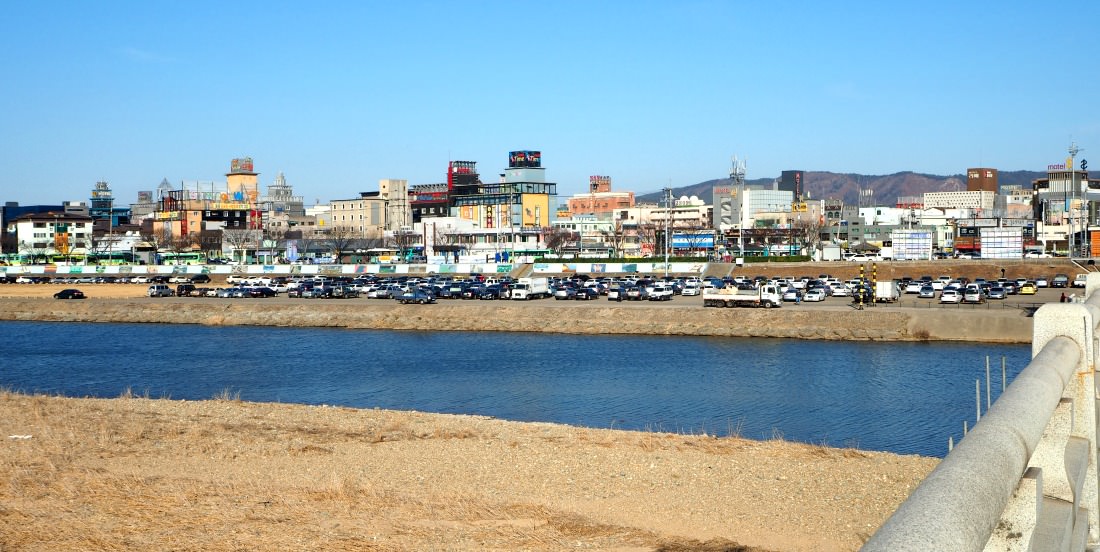 Gyeongju City
Gyeongju CityFinding Bonghwangdae Tomb
Please, you may use the following further relevant information to help you learn more about Bonghwadae Tomb.
Address: 261, Nodong-dong, Gyeongju-si, Gyeongsangbuk-do
Website: www. guide.gyeongju.go.kr (Korean, English, Chinese, Japanese)
Thanks for reading through this page. Please, let me know if you have some useful suggestions to improve this article further.
In conclusion, Bonghwangdae Tomb in Gyeongju City is a unique and important cultural asset that still stands today after centuries of history. Its significant size, royal status, and intricate details all contribute to the tomb's incredible importance, both historically and culturally.
Despite its age and isolation, it remains an impressive structure that will continue to inspire generations of Koreans.
Bonghwangdae Tomb is a fascinating archaeological site that reveals important information about the culture and history of the Silla Dynasty. It is an impressive example of ancient architecture and provides insight into religious, political and social practices of this era.
Though its precise origins remain unclear, the tomb continues to capture the attention of researchers from around the world.
Its importance to academics and tourists alike makes it one of South Korea's most important historical landmarks.
Thanks for visiting this travel site. Please, enjoy your travels!
- Home
- Gyeongsangbukdo Travels
- Bonghwangdae Royal Tomb
Get Exciting Activities
Book one of our exciting activities today to experience the thrill of a lifetime! Take advantage of this opportunity and secure your spot in advance.
Hotel Map Guide
Find your affordable, accessible, and comfortable hotel in Seoul at Agoda.Com. See the hotel map below...
Hotel Booking Guide
Find affordable and amazing hotels on Agoda.com using the search box below. Book now to enjoy great discounts and save!
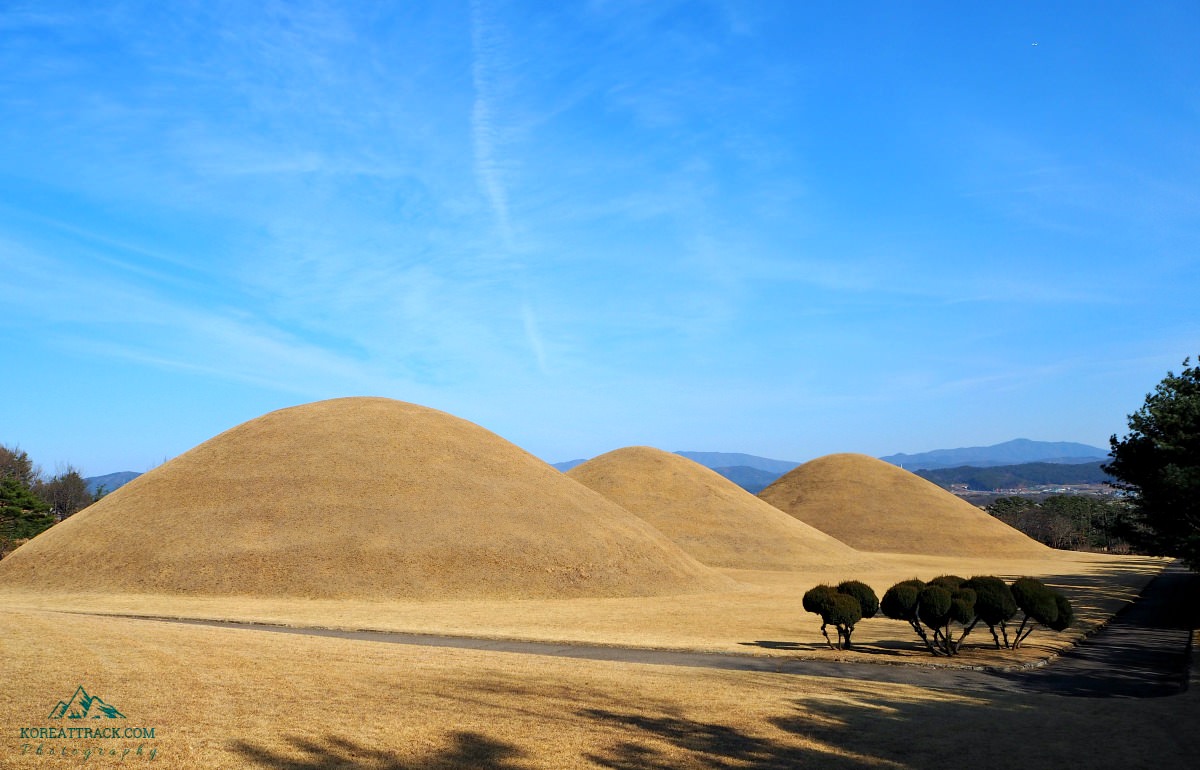
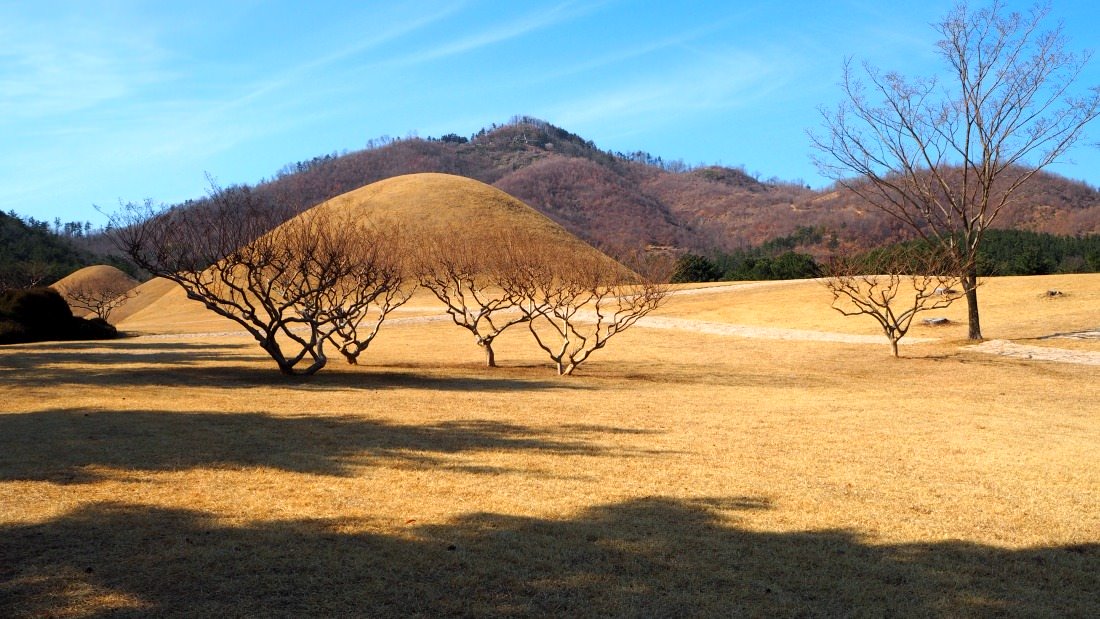





New! Comments
What do you think about this page? Leave me a comment in the box below.